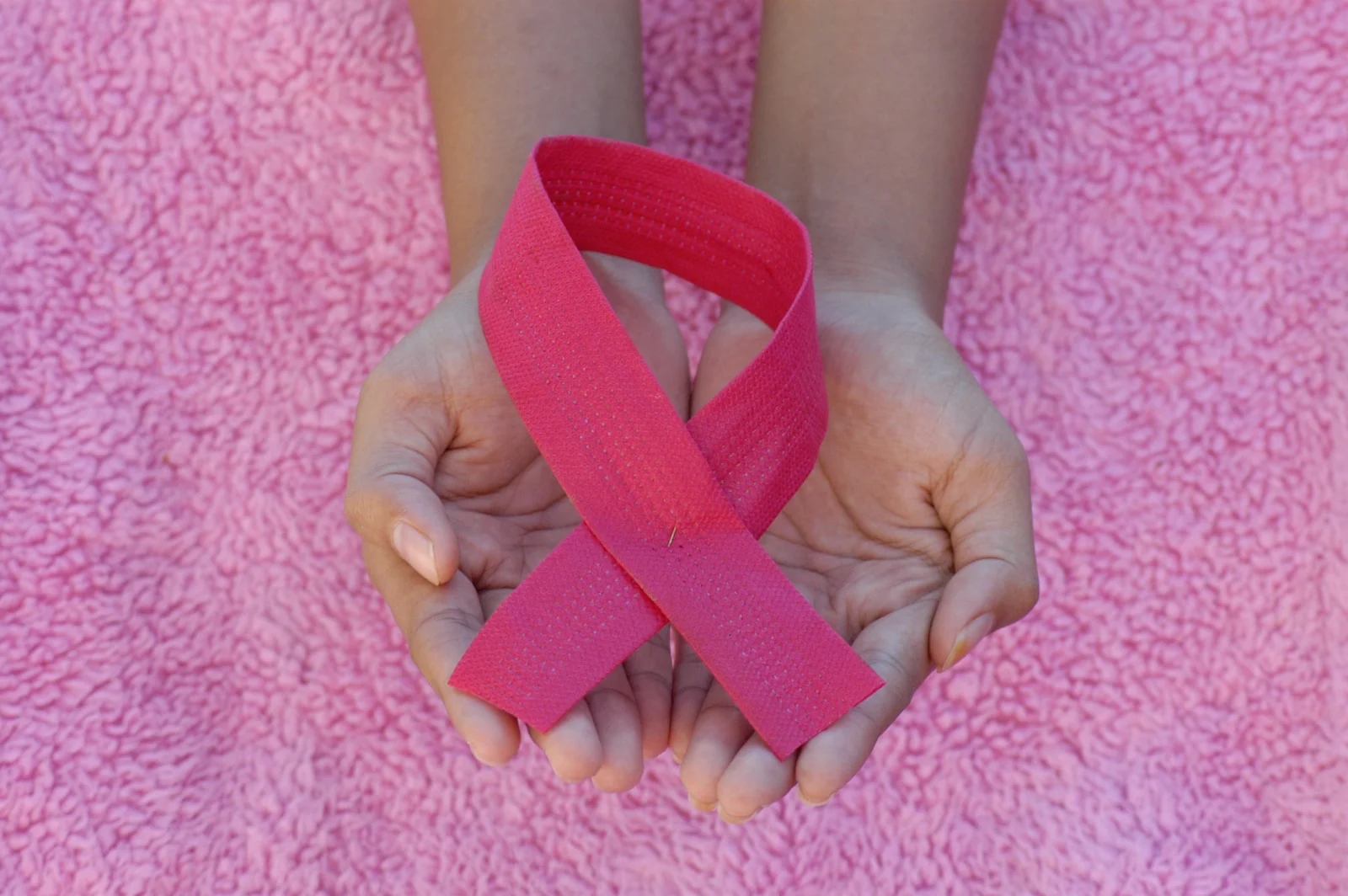UPDATED: OCTOBER 09, 2023 | 2 MIN READ

In today’s fast-paced world, it’s easy to push aside or delay routine health check-ups, thinking they can wait for another day. However, when it comes to breast cancer screenings, postponing that annual appointment might come with more risks than you realize.
Mammograms, while often viewed with apprehension, are a cornerstone in the early detection of breast cancer. Avoiding them can have consequences that extend far beyond the immediate discomfort or inconvenience. Whether you’re a woman over 40, someone with a family history of breast cancer, or simply someone seeking to understand more, this article sheds light on why that annual mammogram is non-negotiable.
1. You could miss early detection of breast cancer
With breast cancer, early detection drastically improves your outcome and survival rate. And mammograms are the most effective tool for detecting breast cancer at an early stage.
They help identify tumors that are too small to be felt and can detect cancers before symptoms develop, making it easier for treatment to be started earlier in the course of the disease. Regular mammograms can reduce the risk of dying from breast cancer nearly in half.
2. Mammograms don’t expose you to unsafe levels of radiation
It’s a common myth that mammograms expose you to unsafe levels of radiation, but that’s simply not true.
In fact, according to Johns Hopkins, the amount of radiation used is minimal and adheres to established medical guidelines. Given that mammography serves as a diagnostic tool, it’s stringently overseen by entities such as the Food and Drug Administration (FDA), the Mammography Quality and Standards Act, and the American College of Radiology. The safety of a mammogram is ensured when conducted at a facility accredited by these regulatory bodies.
It’s worth noting that we encounter background radiation daily in our environment. To put it in perspective, the radiation from a mammogram is akin to the background radiation an average woman experiences over two months.
3. Advanced technology provides clearer-than-ever images
The evolution of mammography has seen a transition from traditional 2-D mammograms to the more advanced 3-D mammograms, also known as tomosynthesis. Here’s a breakdown of the differences and the benefits of the modern technique:
Imaging technique
- 2-D Mammograms: These are conventional mammograms that capture two images of each breast, one from the top and one from the side. They provide a flat image of the breast.
- 3-D Mammograms (Tomosynthesis): This advanced technique captures multiple images of the breast from different angles. These images are then combined to create a three-dimensional view of the breast.
Clarity and detail
3-D mammograms offer clearer images compared to 2-D mammograms. This is because the multiple images captured allow for a more comprehensive view of the breast, reducing the overlap of tissues, which can sometimes hide or mimic tumors in 2-D mammograms.
Detection and false alarms:
Studies have shown that 3-D mammograms lead to a 40% increase in early cancer detection. This is attributed to the detailed imagery that allows radiologists to identify tumors even in dense breast tissue.
Additionally, there’s a 40% decrease in false alarms with 3-D mammograms. This means fewer callbacks for additional tests, reducing anxiety for patients and decreasing healthcare costs.
4. Gives you peace of mind
You don’t need to be considered a high risk for breast cancer to get it. That’s why regular mammograms can provide reassurance. By completing your regular breast cancer screenings, you know exactly where your health stands.
Also, apart from cancer, mammograms can also detect other breast abnormalities or conditions that might require monitoring or treatment.
FAQs
Who needs to get a mammogram?
Mammograms are primarily recommended for women, but certain men might also need them. Here’s a breakdown of who should consider getting a mammogram:
- Women age 40 and older
- Women with a family history of breast cancer
- Women with BRCA1 or BRCA2 gene mutations
- Women who have had radiation therapy before age 30
- Women with previous breast cancer or non-cancerous breast diseases
- Men with symptoms or high-risk
- Transgender individuals undergoing hormone therapies
- Women with dense breast tissue
What happens if I never get a mammogram?
With breast cancer, early detection is extremely important. If you never get a mammogram, you face several risks, including:
- Missed early detection
- Delayed treatment
- Increased treatment intensity
- Reduced treatment options
- Decreased survival rates
- Potential for advanced symptoms
Can a woman ever stop getting mammograms?
While it’s always up to you to decide whether to get a mammogram, you should discuss the risks with your doctor. In some cases, doctors suggest stopping mammograms at age 75, even for people with a higher risk of developing cancer.
Can you get a mammogram while breastfeeding?
Yes, you can get a mammogram while breastfeeding. However, breastfeeding can lead to denser breast tissue, which might make mammogram images harder to interpret.
Before a scheduled mammogram, you might be asked to pump to make the procedure more comfortable and to achieve clearer images. Always consult your healthcare provider about the best timing for a mammogram during breastfeeding.
Get health insurance to cover your breast cancer screening
Breast cancer screenings are important. Make sure you have health insurance to cover the cost of this and other essential screenings and checkups you need throughout the year by using our online rate tool to get quotes.
Related content: